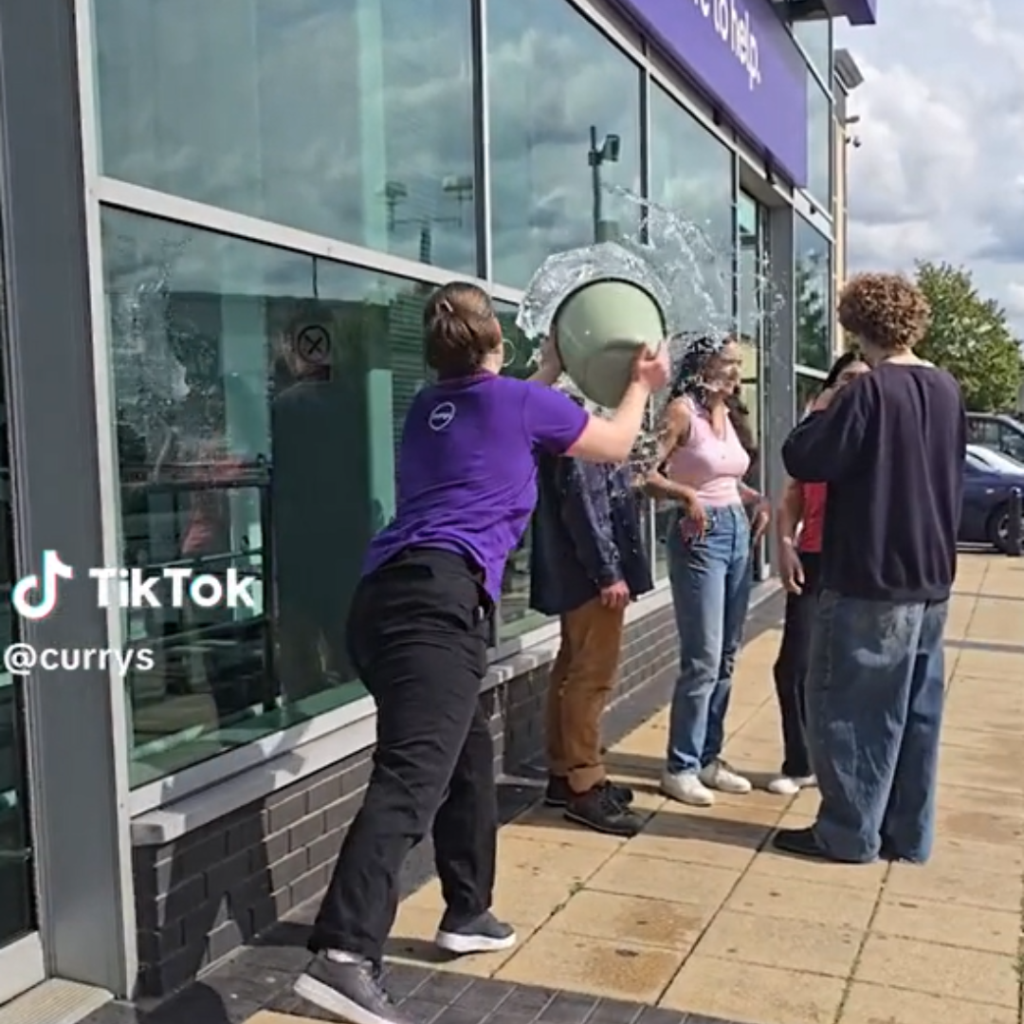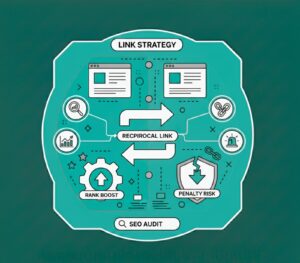What is Employee Generated Content (EGC) & Why It Matters in 2025
Blogs | Marketing Trends
Written By: Yasmin Qureshi
Blogs | Marketing Trends
Written By: Yasmin Qureshi
Introduction
You’ve probably heard the buzz around EGC, but what exactly is Employee Generated Content?
In 2025, EGC is the marketing trend businesses can’t afford to ignore. Consumers are moving away from overly polished content from celebrities and influencers, craving something more authentic, relatable, and human. That’s where EGC comes in-it builds trust, strengthens your brand’s authority, and fosters genuine connections with your audience.
For small and medium-sized businesses, embracing employee-created content isn’t just an option-it’s a game-changer. In today’s article, we’ll explore what EGC is, why it works, and how it can help you build lasting trust with your audience. We’ll even throw in some ideas and examples to help you get started.

The Challenges Brands Face in 2025
For years, highly polished content from celebrities and influencers dominated marketing strategies of brands-until TikTok disrupted the scene with its promise of authenticity and spontaneity. People gravitated to the platform because it was free from unrealistic perfection.
Now, in 2025, it’s clear that audiences expect the same from their favourite brands. They no longer resonate with overly curated content, they crave real, unfiltered connections. Brands that fail to embrace authenticity risk losing relevance in an era where transparency and relatability matter more than ever.
What Is Employee Generated Content?
EGC is content created by the employees of a brand, rather than a PR, marketing team, or influencers. Content can include blog posts, social media updates, videos, testimonials, behind-the-scenes insights, and industry expertise shared by employees.
Employee Generated Content is worlds apart from traditional marketing content. Here are the key differences:
Traditional Marketing Content:
- Polished and carefully curated content.
- Follows the brand’s official messaging.
- Perceived as being overly promotional.
- High production costs of structured campaigns.
- Brands rely on paid distribution.
- Perceived as more personal and authentic.
- Insights from the employees perspective.
- Created organically with little cost.
- Builds trust and likeability.

How Can Employee Generated Content Help?
Standing out from the crowd is more important than ever, and EGC offers a powerful way to do just that. By showcasing real voices from within your company, EGC builds trust and humanises your brand, making it more relatable and approachable.
Unlike traditional marketing content, which can often feel staged or overly polished, EGC brings an element of authenticity that resonates with audiences. It allows potential customers to see the people behind your brand, fostering stronger connections and increasing engagement.
Employee Generated Content also empowers employees to become brand advocates. Whether through behind-the-scenes glimpses, personal stories, or expert insights, employee-driven content helps establish your brand as genuine, transparent, and customer-focused.
How To Encourage Employees To Create Content
Let’s be honest-not everyone is eager to be in the spotlight. Even in today’s content-driven world, some employees feel uncomfortable being on camera or contributing to company content. So, how can you navigate this challenge and inspire your team to get involved?
Here’s our top tips:
- Create a Supportive Culture: Foster a workplace environment where sharing experiences is encouraged.
- Reduce Fear and Increase Confidence: Provide video coaching or media training to shy employees, and start with casual, low-pressure content like informal interviews.
- Get Leadership Involved: Employees are more likely to get involved when managers participate.
- Highlight the Benefits to Employees: Explain how EGC will help build their own personal brand, offering LinkedIn and social media exposure for their contributions.
- Make It Fun and Social: Encourage group videos and create interactive content like Q&As, behind-the-scenes clips or workplace trends.

Employee Generated Content Ideas
Now that you understand what Employee-Generated Content is and how it can benefit your business, it’s time to explore ways to put it into action. EGC can take many forms, giving you plenty of creative opportunities to showcase your brand’s authenticity. Here are a few ideas to help you get started:
- Employees sharing a day-in-the-life at work.
- A casual video tour of the office, workshop, or store.
- “Meet the Team” posts introducing employees with fun facts.
Employee Testimonials & Stories:
- Employees sharing why they love working for the company.
- Blog posts and videos featuring employees discussing career growth within the company.
- Personal success stories related to their role.
- Employees demonstrating how to use products or services.
- Unboxing or first-reaction videos from employees testing new products.
- Create a company Hashtag to encourage ongoing participation.
- Employees responding to customers questions in a friendly and personal way.
- Sharing customer success stories or testimonials.
- Featuring employee shoutouts from happy customers.
Real-Life Examples of Employee Generated Content
Employee Generated Content is a powerful way for brands to showcase authentically and engage their audience. Here are three examples of brands successfully creating EGC:
Example 1: Region Security Guarding
Region Security Guarding, a nationwide manned security company based in Wolverhampton, is making great use of TikTok to share engaging employee-generated content. Their team regularly posts behind-the-scenes footage and employee spotlights, helping to humanise the brand. Examples include an interview with a security guard who won the the January 2025 Service of Excellence Award and a behind-the-scenes look at a recent corporate headshot photoshoot.
Example 2: Curry’s
Humour is an excellent way to keep audiences engaged, and tech retailer Curry’s employees have mastered this approach on TikTok. One standout example is a video where an employee appears to throw water on customers standing outside the store-though it’s all in good fun! This viral moment, also created by Costa, demonstrates how playful and relatable content can drive engagement.
Example 3: National Trust
The National Trust, Europe’s largest conservation organisation, has embraced EGC on LinkedIn. A great example is a video featuring their Apprenticeship Manager discussing apprenticeship roles. Another great idea was a Christmas-theme “This or That” trend, adding a fun and interactive element to their content strategy.

Copyright: Curry’s
Conclusion: What is Employee Generated Content ?
EGC is fast becoming the most valuable trend for small and medium-sized businesses to integrate into their marketing strategy. Audiences are no longer interested in brand messaging that’s highly promotional and perfected, they want real people behind the brand, hear real stories, and connect with authentic and relatable experiences.
EGC allows businesses to showcase their team’s unique perspectives, fostering trust and engagement with their audience. By integrating authentic stories and behind-the-scenes moments, brand can build deeper connections and stand out in an oversaturated digital landscape.
Want some more?
Latest Insights & News

Reciprocal Links in SEO: Do They Still Boost Rankings or Risk Penalties?
For the keyword “reciprocal links SEO,” focus on explaining how reciprocal linking works today. Reciprocal links are not harmful by default, but Google can flag excessive or manipulative link exchanges. To stay safe, only exchange links when they are contextually relevant, natural, and valuable to users.

SEO as the Foundation of Digital Growth: Why It’s More Than Just a Marketing Tactic
When focusing on “SEO for business growth,” highlight how SEO directly contributes to long-term scalability. Modern SEO goes beyond ranking—it boosts brand visibility, qualified traffic, customer trust, and conversion opportunities. To optimize effectively, ensure your content covers user intent, builds topical authority, and leverages technical SEO elements like fast loading, mobile-friendly design, and structured data.

AEO Mastery: Step-by-Step Guide to Building AI Citations & Boosting Visibility
When targeting the keyword “AEO Guide to Building AI Citations & Boosting Visibility,” focus on Authoritative Engine Optimization (AEO) principles. AI-driven search requires clear, structured, and entity-rich content.
